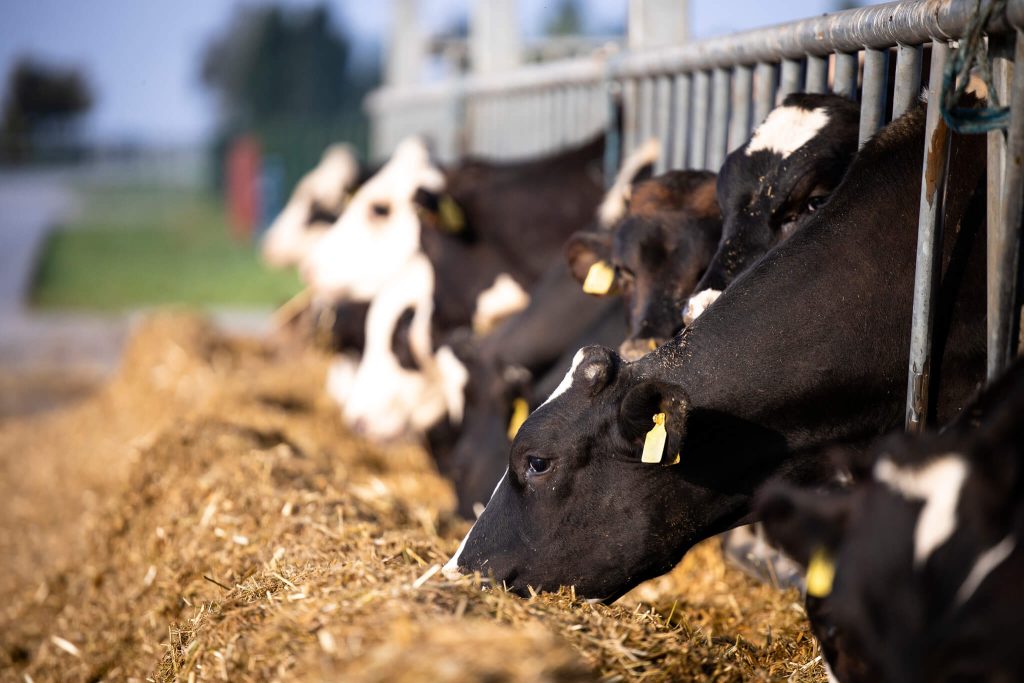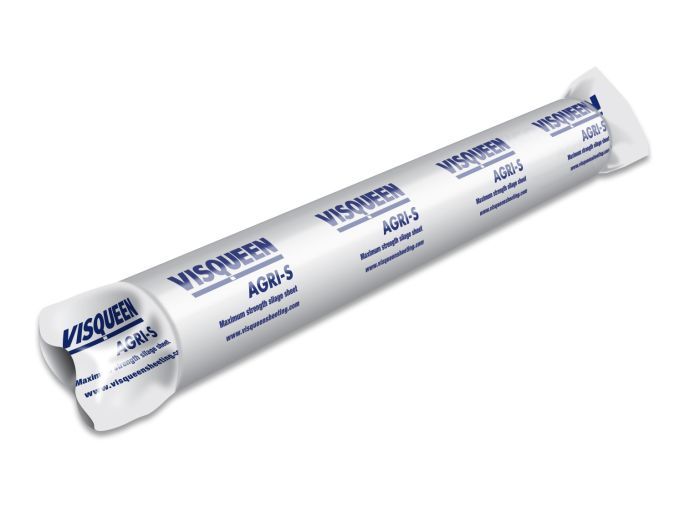
Farmers have mastered the art of silaging to ensure livestock are well-fed year-round. But what is silage, and why is it so crucial to modern farming? Whether you're a seasoned farmer or just beginning your agricultural journey, understanding farming silage can open the door to healthier herds and more efficient feed management.
What is silage?
Silage is fermented, high-moisture fodder that can be fed to cattle, sheep, and other ruminants. Unlike hay, which requires drying, silage is stored in anaerobic (oxygen-free) conditions, allowing natural fermentation to preserve the crop. This method captures the nutritional value of the plant at its peak, ensuring animals receive a dense, energy-rich food source even during seasons when fresh pasture isn't available.
What is silage used for?
The primary purpose of silage is to provide livestock with a consistent, nutritious feed supply throughout the year. Especially during the winter months, when grazing is limited, silage becomes a critical dietary staple. It's also used to:
• Maintain consistent milk production in dairy cattle
• Support growth rates in beef cattle
• Improve the body condition of breeding stock
• Manage pasture by cutting surplus grass for silaging during peak growth periods
By offering animals a balanced diet regardless of weather or season, farmers can enhance herd health and productivity.

How do you make silage?
Silaging is as much an art as it is a science. Here's a basic outline of how it's done:

- Harvesting: Crops like grass, maize (corn), or legumes are cut at their optimum stage—typically when nutrient levels are highest.
- Wilting: The harvested crop is left to wilt slightly in the field, reducing moisture content to around 60-70%. This balance prevents spoilage and encourages proper fermentation.
- Chopping: The crop is chopped into small, manageable pieces. This not only makes it easier to compact but also improves the animals' ability to digest it.
- Packing: The chopped material is packed tightly into silos, clamps, or wrapped into bales to eliminate as much air as possible.
- Sealing: The packed silage is quickly sealed with plastic sheets or wrap to create an anaerobic environment.
- Fermentation: Over the course of a few weeks, natural bacteria ferment the sugars in the plant material, producing lactic acid. This acid acts as a preservative, keeping the silage stable and nutritious for months.
Why silaging matters

Silaging is an essential practice that underpins successful, sustainable farming operations. By mastering the techniques behind what is silage, what is silage used for, and how do you make silage, farmers can secure a nutritious future for their livestock and for their farms.
Silaging: Tips for success
• Quality Control: Always monitor moisture content and chop length to optimize fermentation. Ensure you have the correct silage sheets and crop packaging for completing the harvest.
• Speed Matters: Work quickly from harvest to sealing to limit air exposure and reduce spoilage.
• Maintain Equipment: Clean, sharp equipment ensures cleaner cuts and better compaction.
• Monitor Storage: Check regularly for tears in plastic covers and repair immediately to prevent spoilage. Silage repair tape is an effective solution for dealing with any damage to covers.
